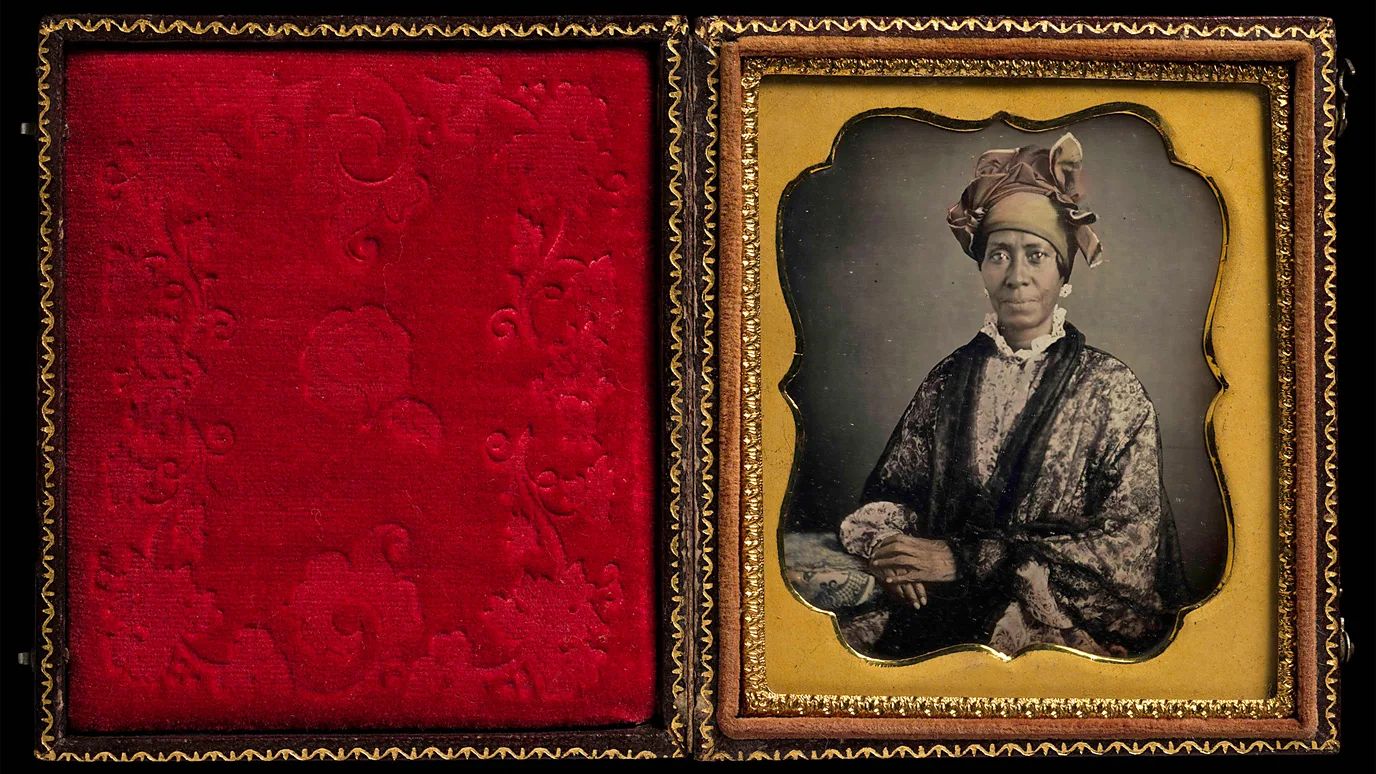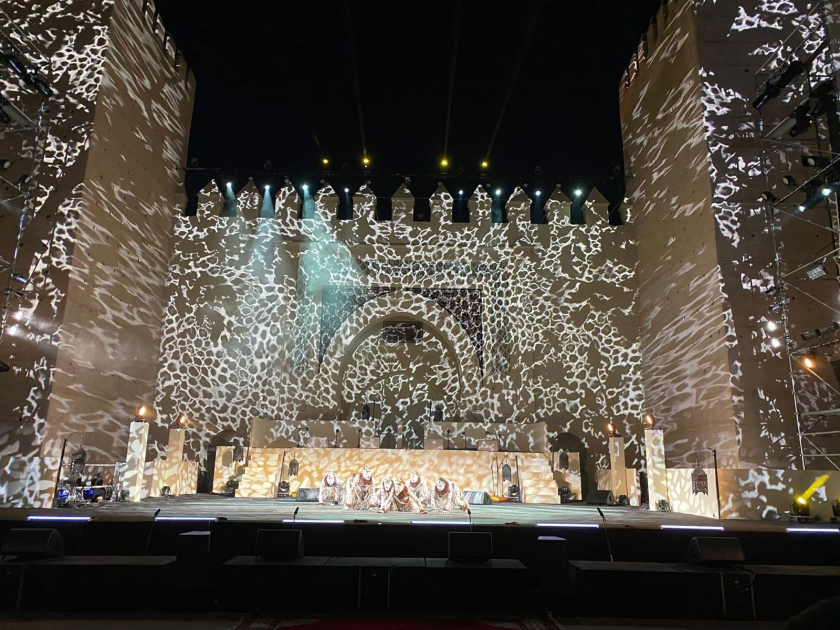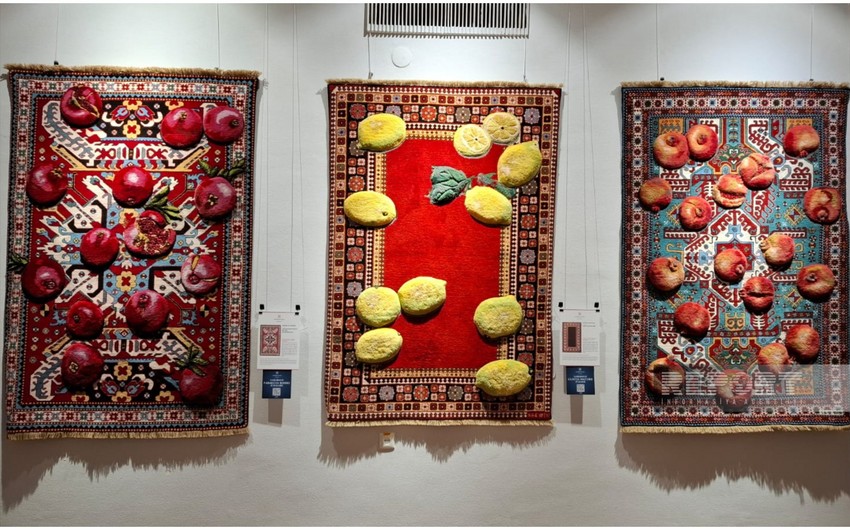A new exhibition documents American photography's first 70 years, exploring the US during a period of immense social, geographical and industrial change.Modern culture is indebted to photography. American Photography, 1839-1910, which opened on 11 April, documents American photography's first 70 years through 225 photographs, reversing the usual top-down approach by focusing on unknown makers that tell nuanced stories about the US during a period of immense social, geographical and industrial change.
As a result, the theme of agency is implicit in many of these early images. An 1850s daguerreotype of a woman wearing a tignon is a reminder of the Tignon Law in colonial Louisiana that required free black women to cover their hair. In response, some women reclaimed the tignon as an object of beauty and pride. This elegant portrait, with its extraordinary detail − from the delicately carved earrings to the weave in the translucent shawl − provides an opportunity for positive self-representation against a background of racial discrimination and negative stereotyping.For the 19th-Century US, the making of these images was a spectacle in itself. In a rare photograph printed on salted paper around 1855, we see this wizardry at work.
But for all the photographer's mastery, they are never entirely in control. Edward's Steichen's famous 1903 portrait of JP Morgan is an example; it inadvertently conveys his impatience with posing, and an innocent object – the chair handle – appears like a dagger in his hand.Though the miracle of photography captured America's imagination, it was still deemed inferior to fine art. Pioneers such as John Moran, who came from a family of artists, challenged this by demonstrating the medium's creative potential and the unacknowledged artistry involved in making images.
In his landscapes, we see a more atmospheric, ethereal quality that goes beyond realism to emphasise mood and emotion. While the daguerreotype was indebted to France, the tintype – an image created on blackened iron – was an American invention. Producing high-quality results at a low cost, with no need for a studio, the tintype, peddled by itinerant photographers, meant remote communities and those of limited means could now also take part.
The broadening of access was reinforced by the industrialisation of the US, with the railroad and the telegraph connecting distant corners of the country – to the detriment of the Native American population who were pushed into ever-decreasing spaces. This geographic expansion, supported by topographic photography, is encapsulated in 1870 tintype of a man, perhaps a railroad worker, with his surveying equipment. Occupational portraits such as this, featuring workers with the tools of their trade, were a popular way to show the pride people took in their work and how they were contributing to the burgeoning American society.
While Golder & Robinson were distributing images of the good and the great, Alice Austen would use photography to speak up for the marginalised. She documented the daily lives of impoverished children, street sellers, and immigrants; and, as a queer women in a society that saw no place for same-sex relationships, questioned gender norms with her satirical images of women in the arms of other women, larking about in their underclothes or dressed as men.Several of these photographs involve Austen's close friend Trude Eccleston, who features in an 1888 silver print of a boat trip on Lake Mahopac. There's a charming complicity as a smiling Eccleston locks eyes with the photographer. The gaze goes unnoticed by the dozing men, one of whom Eccleston would eventually marry.
Madina Mammadova\\EDnews










